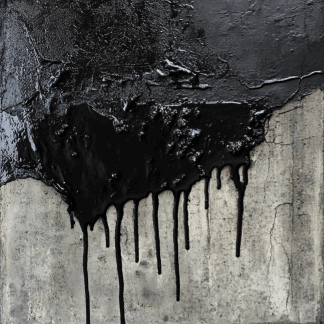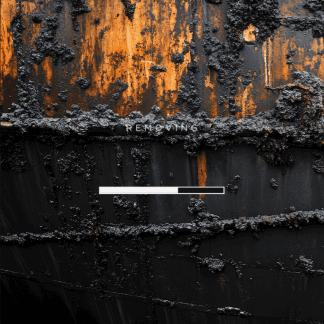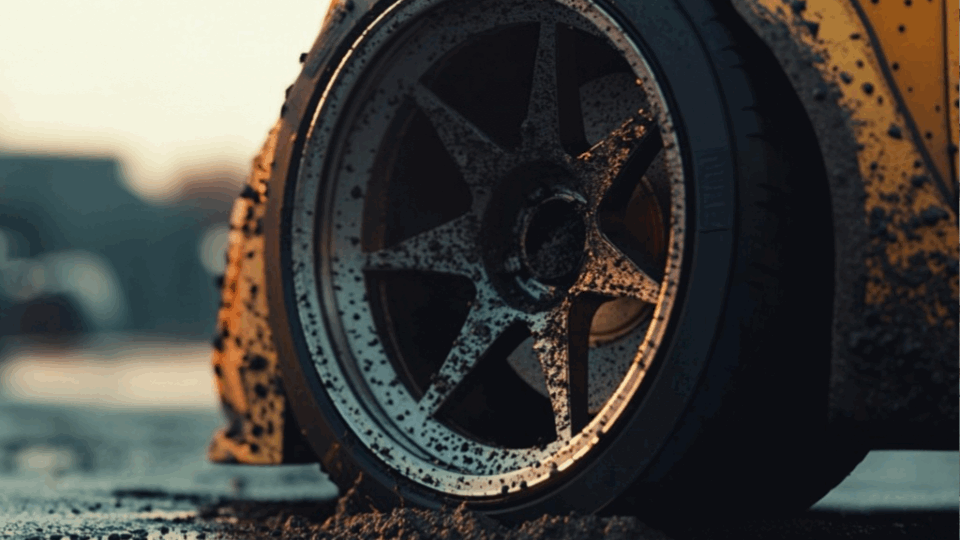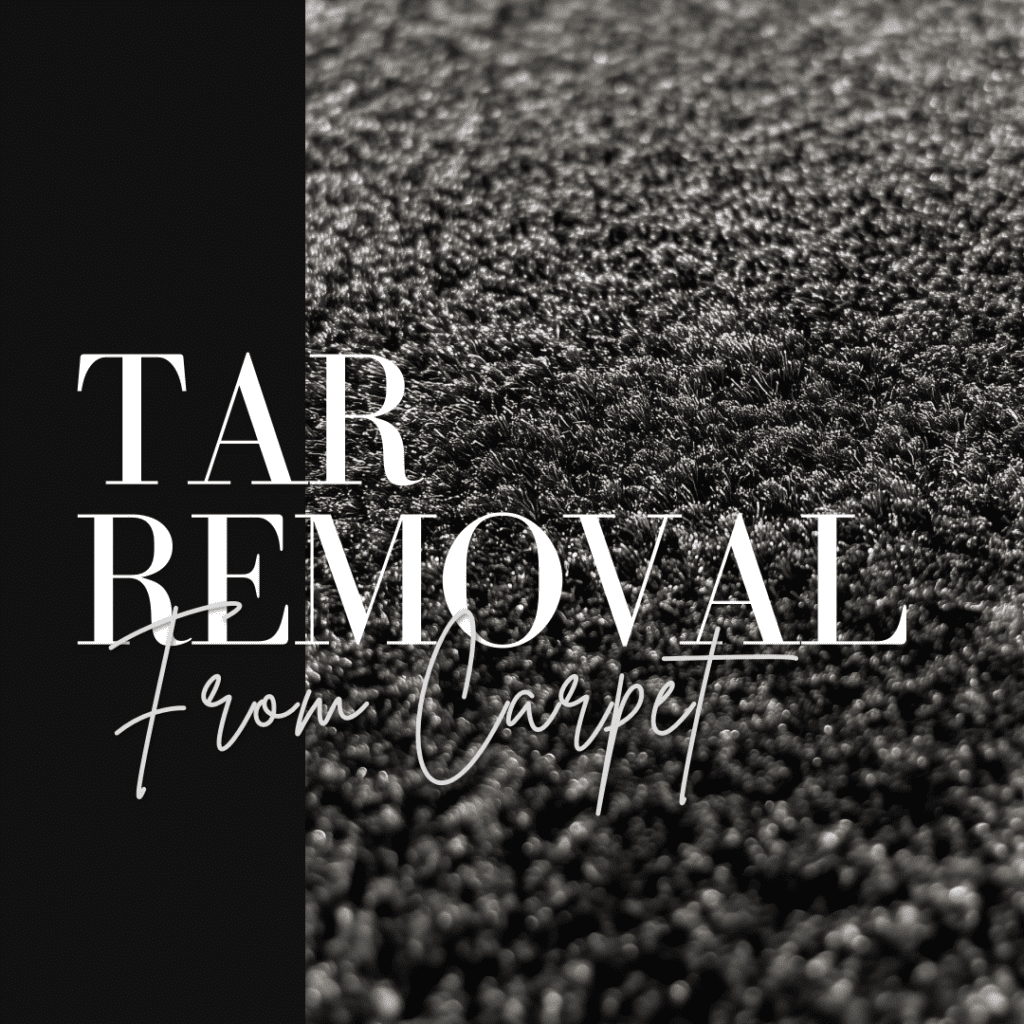How To Remove Tar: A Comprehensive Guide
Tar is an incredibly stubborn substance that can create nightmares for businesses, homeowners, car owners, and anyone dealing with unexpected sticky residue. Whether it’s a result of road construction, roofing projects, or accidental spills, tar has an uncanny ability to adhere to almost any surface, from concrete driveways and metal equipment to delicate fabrics and automotive paint. Its tenacious nature means that simply wiping it away is rarely an option, and improper removal techniques can cause permanent damage to the underlying material.
Fortunately, with the right approach and tools, tar can be effectively removed from virtually any surface without causing additional harm. Each material requires a unique strategy that takes into account its specific properties and sensitivity to chemicals and the proper removal techniques.

Removing Tar From Concrete
Concrete is a common material for driveways, sidewalks, and patios, but it can be susceptible to stubborn stains like tar. With the right product and the correct procedure, you can restore your concrete to pristine condition. Here’s how to do it, step-by-step:
Concrete Cleaning Materials You Will Need:
- Tar remover product (ensure it’s safe for use on concrete, citrus-based preferred)
- Protective gloves and eyewear
- Stiff-bristle brush or scrub brush
- Absorbent materials (old rags or paper towels)
- Soap and water
- Bucket
- High-pressure washer (optional for thorough cleaning)
Step-by-Step Instructions:
1. Protect Yourself: Wear protective gloves and eyewear to protect your skin and eyes from the tar remover.
2. Read Instructions: Carefully read the instructions on the tar remover product to ensure proper usage and safety guidelines.
3. Apply Generously: Pour or spray the tar remover directly onto the tar-stained area.
4. Let It Sit: Allow the product to penetrate the tar for the duration recommended by the manufacturer, typically a few minutes. The solvents will work to break down the tar.
5. Use a Brush: With a stiff-bristle brush, scrub the area vigorously. The tar should begin to loosen from the concrete surface.
6. Blot Up the Remover: Use absorbent materials like old rags or paper towels to soak up the tar remover and the loosened tar. Avoid wiping to prevent spreading the tar further.
7. Clean with Soap and Water: Mix soap and water in a bucket and use it to thoroughly rinse the area. This will help remove any remaining tar remover residue.
8. Optional – Pressure Wash: For a more thorough clean, consider using a high-pressure washer to rinse away any remaining debris and stains.
9. Repeat if Necessary: If tar remains, repeat the process until the stain is completely removed.
10. Final Cleanup: Make sure all tar and cleaning product residues are removed to prevent any potential damage to the concrete.
Additional Concrete Tips:
- Test a Small Area First: Before applying the tar remover to a large area, test it on a small, inconspicuous spot to ensure it doesn’t discolor or damage the concrete.
- Eco-Friendly Option: Citrus-based removers are generally safer for the environment compared to harsh chemical alternatives.
- Maintenance: Keep your concrete surfaces sealed and regularly cleaned to prevent tar and other stains from adhering in the future.

Removing Tar From Metal
Tar can be particularly tricky to remove from metal surfaces. Here’s a step-by-step solution to help you restore your metal surfaces to their original state:
Metal Cleaning Materials You Will Need:
- Tar remover product (ensure it’s safe for use on metal, citrus-based preferred)
- Protective gloves and eyewear
- Soft cloths or rags
- Stiff-bristle brush or soft-bristle brush (depending on the type of metal)
- Warm water
- Mild soap
- Bucket
Metal Cleaning Instructions:
1. Safety First: Wear protective gloves and eyewear to safeguard your skin and eyes from the citrus tar remover.
2. Preparation: Carefully read the instructions on the tar remover product to ensure proper usage and safety.
3. Apply the Tar Remover: Pour or spray the citrus tar remover directly onto the tar-stained area of the metal.
4. Let the Product Sit: Allow the product to sit for the recommended time, to let the citrus solvents break down the tar.
5. Use a Brush or Cloth: Depending on the type of metal, use either a soft-bristle brush for delicate metals or a stiff-bristle brush for tougher metals. Scrub the area gently to loosen the tar.
6. Blot with a Cloth: Use a clean, soft cloth to blot away the loosened tar and the tar remover. Avoid spreading the tar by wiping.
7. Rinse the Area: Mix warm water with a mild soap in a bucket. Rinse the metal surface thoroughly to remove any remaining tar remover and tar.
8. Dry the Metal Surface: Use a clean, dry cloth to wipe down the metal surface completely, preventing water spots and residue from remaining.
9. Check for Remaining Tar: Inspect the surface for any remaining tar. If necessary, repeat the process until the tar is fully removed.
Additional Tips For Metal:
- Test a Small Area First: Before applying the tar remover to a large area, test it on a small, inconspicuous spot to ensure it doesn’t damage or discolor the metal.
- Use Appropriate Tools: Choose tools suitable for the type of metal you are cleaning to avoid scratching or damaging the surface.
- Follow Up with Protective Coating: After removing the tar, consider applying a protective coating to the metal to prevent future staining and make future cleanings easier.

Cleaning Tar On Your Car
Dealing with tar spots on your car can be quite frustrating. Fortunately, with the right process and a little elbow grease, you can get your car looking clean and shiny again. Follow these steps:
Car Cleaning Materials You Will Need:
- Tar remover product (ensure it’s safe for car paint, citrus-based preferred)
- Protective gloves
- Microfiber cloths
- Soft-bristle brush (optional for tough spots)
- Warm water
- Car wash soap
- Bucket
Car Cleaning Instructions:
1. Protection: Wear protective gloves to safeguard your skin from the tar remover.
2. Use Appropriately: Carefully read the instructions on the tar remover product to ensure proper usage and safety.
3. Wash the Car: Before applying the tar remover, wash the car with car wash soap and warm water. This removes any loose dirt and debris that could interfere with the tar removal process.
4. Direct Application: Apply the tar remover product directly onto the tar spots on your car. This can be done using a spray or by pouring a small amount onto a microfiber cloth and then applying it to the tar spots. Allow the product to sit on the tar for the duration recommended by the manufacturer.
5. Wipe Away the Tar: Gently wipe away the loosened tar using a clean microfiber cloth. Be sure to use gentle motions to avoid scratching the car’s paint. If some tar remains, use a soft-bristle brush to gently scrub the area. Avoid using too much force, as this could damage the paint.
6. Wash with Car Soap: Mix warm water with car wash soap in a bucket and use this solution to rinse the area thoroughly. This will help remove any remaining tar remover residue. Use a clean microfiber cloth to dry the area completely, preventing water spots and residue from remaining.
7. Check for Remaining Tar: Inspect the surface for any remaining tar spots. If necessary, repeat the process until all the tar is removed.
8. Polish and Protect: After removing the tar, consider applying a car polish or wax to the treated area. This will help protect the paint and give it a smooth, shiny finish.
Additional Car Cleaning Tips:
- Test a Small Area First: Before applying the tar remover to a larger area, test it on a small, inconspicuous spot to ensure it doesn’t damage or discolor the paint.
- Use Quality Products: Invest in high-quality tar remover and cleaning products to ensure the best results and avoid damaging your car’s paint.
- Regular Maintenance: Regularly wash and wax your car to prevent tar and other contaminants from adhering to the surface.

Other Tar Stains
Carpet
To remove tar from carpet, start by scraping off any excess tar with a blunt knife or spoon. Apply a tar remover product directly onto the stain, allowing it to sit for a few minutes to break down the tar. Gently blot the stain with a white cloth, avoiding rubbing to prevent spreading the tar. For persistent stains, use a soft-bristle brush to scrub the area gently. Rinse the carpet with a mixture of warm water and mild dish soap, then blot dry with a clean cloth. Finally, vacuum the carpet to restore its texture and ensure all residue is removed.
Fabric
For fabric, begin by scraping off any excess tar with a blunt knife or spoon. Apply the tar remover product to the stain and let it sit for a few minutes to dissolve the tar. Blot the stain with a white cloth, taking care not to rub and spread the tar further. Use a soft-bristle brush to gently scrub if needed. Rinse the fabric with warm water and blot dry with paper towels or a white cloth. Afterward, wash the fabric with mild laundry detergent, following the care instructions on the label. Ensure the stain is gone before drying, as heat can set any remaining tar.
Why Citrus-Based?
Citrus-based tar removers are an excellent choice for tackling tough tar stains due to their natural and eco-friendly properties. These products leverage the powerful cleaning capabilities of citrus solvents, which are effective at breaking down sticky substances like tar without resorting to harsh chemicals.
Unlike some traditional tar removers that can be abrasive or damaging to surfaces, citrus-based options are generally safer and more gentle, making them suitable for a variety of materials including fabric, carpet, metal, and even car paint. Additionally, the pleasant citrus scent is a welcome alternative to the strong chemical odors often associated with conventional cleaners, making the cleaning process more enjoyable.
Conclusion
Removing tar from different surfaces is a challenging but manageable task when approached with the right knowledge and techniques. The key to successful tar removal lies in understanding the unique properties of each material and selecting appropriate removal methods that minimize potential damage. From concrete and metal to carpets, car surfaces, and fabrics, each surface requires a tailored approach.
Always prioritize safety by working in well-ventilated areas, using protective gear, and testing treatment methods on small, inconspicuous areas first. With these strategies in mind, you can confidently tackle tar stains and protect your valuable surfaces from lasting damage.
